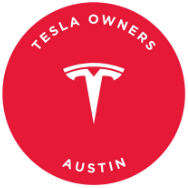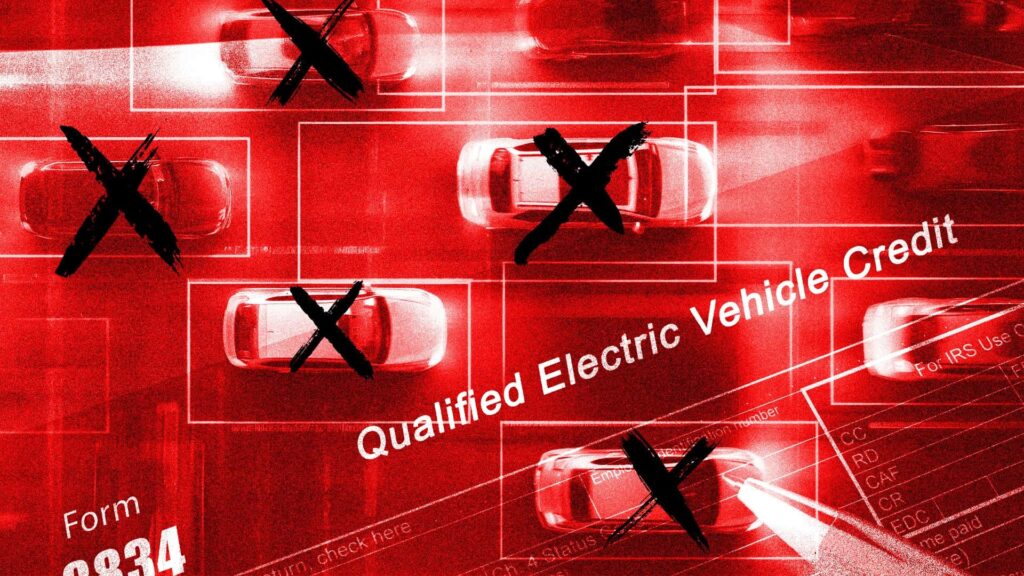The electric vehicle industry is facing a significant setback as the United States House of Representatives recently passed President Donald Trump’s agenda, which includes eliminating the $7,500 federal clean vehicle tax credit and various manufacturing incentives. This move is expected to make electric vehicles (EVs) less affordable starting at the end of September. Despite this setback, the transition to a clean-energy future will continue, albeit at a slower pace.
It is important to note that the peak sales year for traditional internal-combustion vehicles occurred in 2017 and has been on a steady decline since then. Experts predict that gas-vehicle sales may never reach that record again, indicating a shift towards hybrid, plug-in hybrid, and EVs in the automotive market. Additionally, many countries have reduced or eliminated EV incentives, yet the EV market continues to thrive in the absence of subsidies.
One of the main reasons for the growing popularity of EVs is their superior performance compared to internal-combustion vehicles. EVs offer a quieter and smoother driving experience, advanced software features, and proven reliability. Companies like Tesla have demonstrated the longevity of EV components, with some models surpassing 300,000 miles without major issues. Once drivers experience the benefits of EVs, they are unlikely to revert to traditional gasoline vehicles.
While EV adoption is on the rise, challenges remain, such as the availability of charging infrastructure and the high cost of EVs. The charging network is still developing, and EV prices are inflated due to ongoing supply chain challenges. However, automakers are gradually improving their EV offerings to meet consumer demand and technological advancements.
The phase-out of EV tax credits may actually benefit the market by encouraging automakers to focus on developing more compelling EV models that appeal to consumers. Established automakers are under pressure to compete with innovative Chinese EV manufacturers and are investing in producing better, more affordable EVs. As the EV market matures, more Americans will recognize the advantages of EVs, such as fuel savings, lower maintenance costs, and a more enjoyable driving experience.
In conclusion, while the removal of EV incentives may temporarily slow down the transition to electric vehicles, the global shift towards clean energy is inevitable. Automakers are adapting to the changing landscape by introducing improved EV models, and consumers are increasingly embracing the benefits of EV technology. Despite the challenges, the future of the automotive industry is electric.

